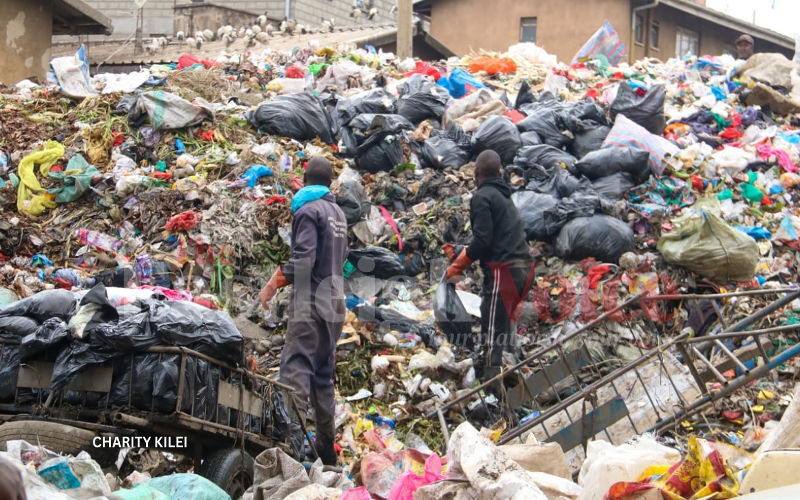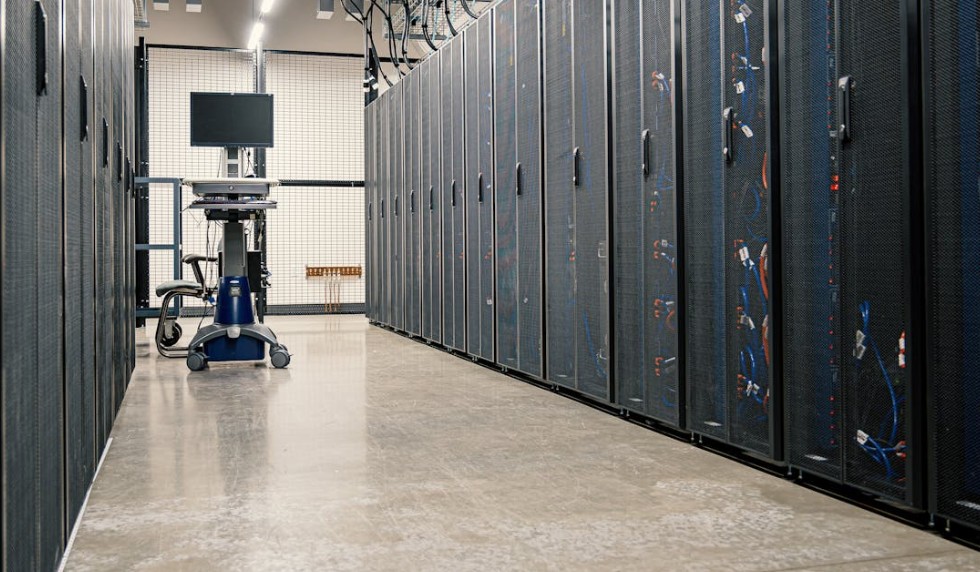AI-powered imaging technology can now detect deadly food toxins, study finds

Researchers from Australia, Canada, and India tested the system on cereal grains and nuts, two of the most widely consumed foods that are particularly prone to fungal contamination in humid conditions.
Artificial intelligence could soon transform food safety by detecting toxins before contaminated products reach the market, according to a new international study that highlights its potential to save millions of lives each year.
The research, conducted by the University of South Australia (UniSA) and published in the journal Toxins, found that combining hyperspectral imaging (HSI) with machine learning (ML) makes it possible to spot harmful mycotoxins.
More To Read
- If AI takes most of our jobs, money as we know, it will be over. What then?
- From film to digital era: How photography in Nairobi has evolved over the decades
- How hype and Western narratives shape AI reporting in Africa, and what must change
- Kenya leads in AI innovation, policy development as Africa’s market set to triple by 2030
- Kenya pushes for strict pesticide ban across COMESA bloc
- Namibia launches AI-assisted learning pilot project to reach 2,500 students by 2026
These are poisonous substances produced by fungi that contaminate food during farming, harvesting, and storage.
Lead author and UniSA PhD candidate Ahasan Kabir noted that traditional detection methods are too slow, costly, and damaging to samples, making them unsuitable for real-time food monitoring.
“In contrast, hyperspectral imaging, a technique that captures images with detailed spectral information, allows us to quickly detect and quantify contamination across entire food samples without destroying them,” Kabir said.
Researchers from Australia, Canada, and India tested the system on cereal grains and nuts, two of the most widely consumed foods that are particularly prone to fungal contamination in humid conditions.
Their findings showed that the technology can rapidly distinguish contaminated from safe products with high accuracy.
“HSI captures an optical footprint of mycotoxins, and when paired with machine learning algorithms, it rapidly classifies contaminated grains and nuts based on subtle spectral variations,” Kabir explained.
The discovery carries important implications for countries like Kenya, where aflatoxin contamination has repeatedly caused public health crises.
The Food and Agriculture Organisation (FAO) has described maize contamination as one of the country’s biggest food security challenges, with past outbreaks leading to serious illness and death.
In 2004, aflatoxin-contaminated maize killed 125 people and sent more than 300 others to hospital in Eastern Kenya.
The International Livestock Research Institute (ILRI) says aflatoxins not only contaminate cereals but also animal-based foods, exposing both humans and pets to health risks.
Globally, FAO estimates that 25 per cent of food crops are contaminated by fungi that produce mycotoxins.
The World Health Organisation warns that foodborne contamination, including mycotoxins, causes about 600 million cases of illness and 4.2 million deaths each year.
The toxins have been linked to cancer, weakened immune systems, and hormone-related complications.
The researchers believe that applying AI-driven hyperspectral imaging in food production and storage facilities could provide large-scale, real-time screening, helping to prevent toxic food from reaching the public and strengthening global food safety systems.
Top Stories Today














































